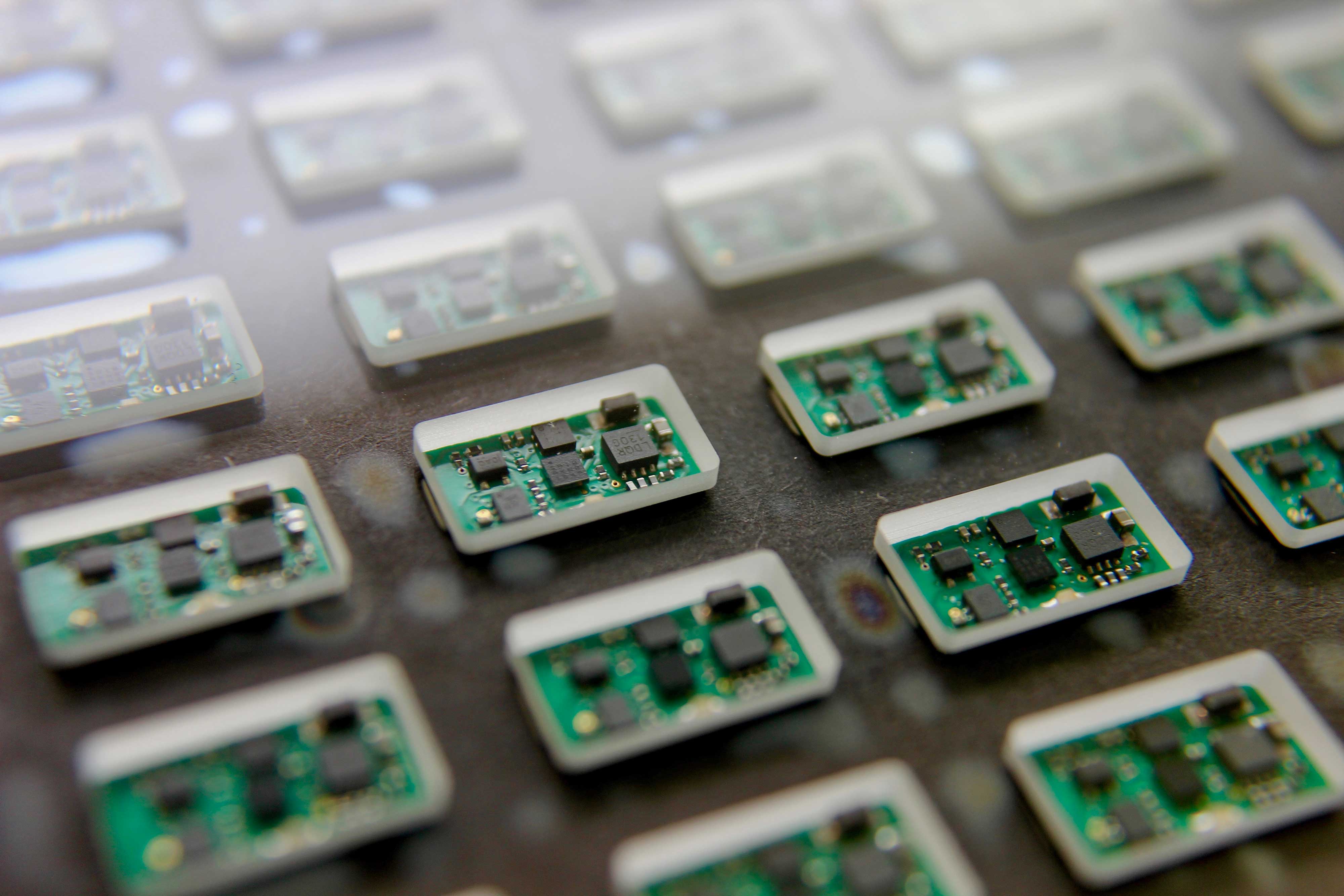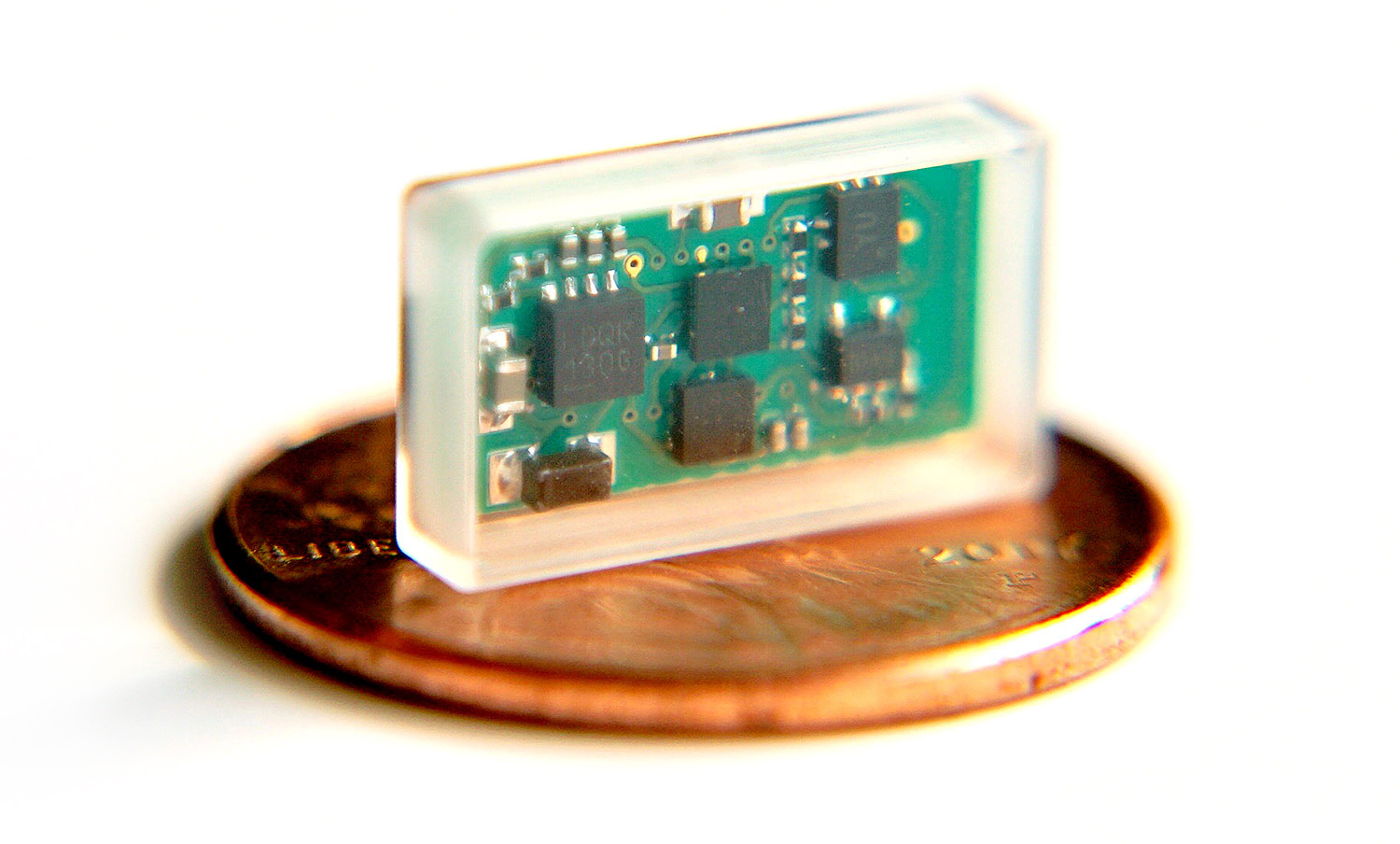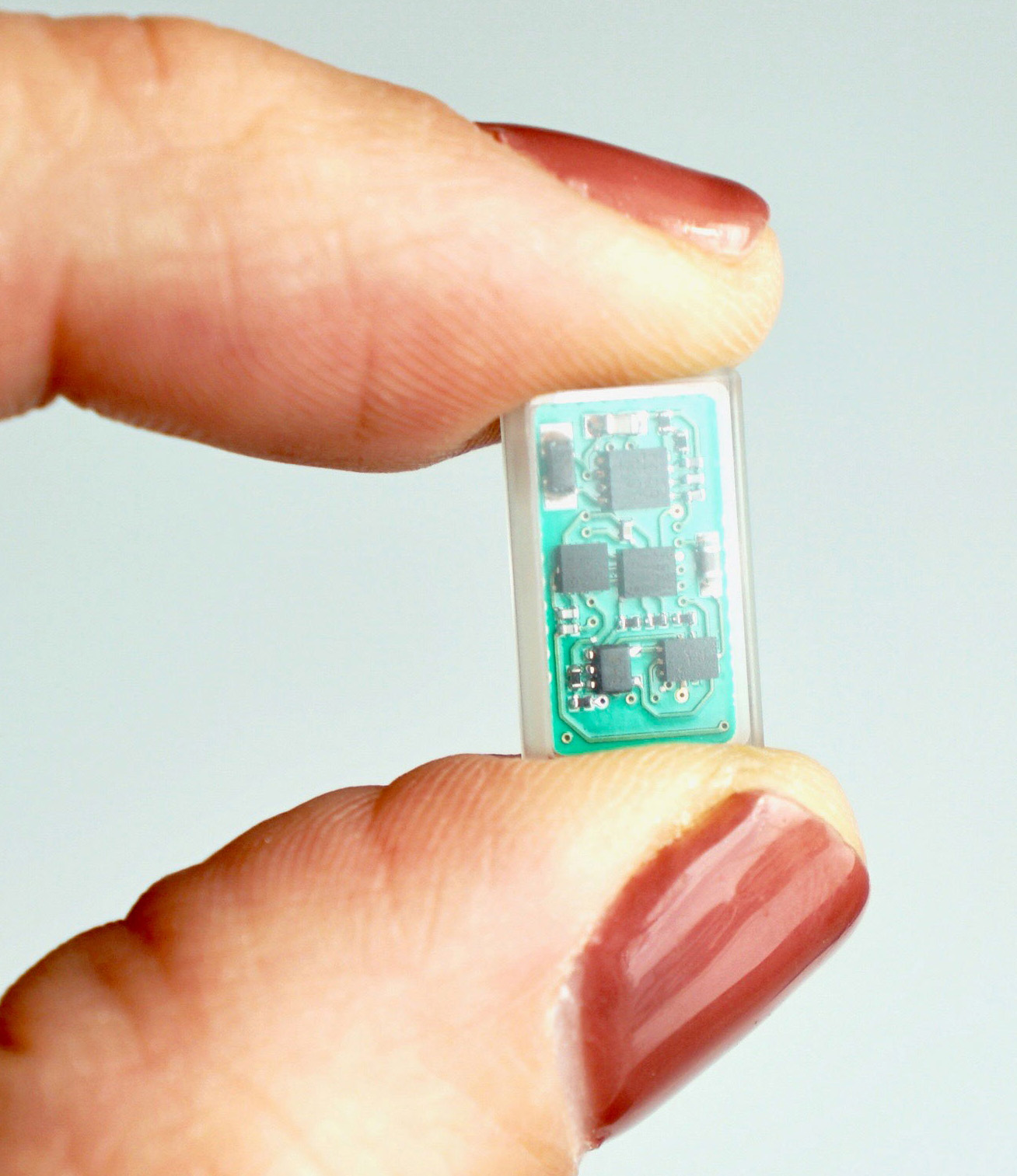

Researchers at the Texas Biomedical Device Center have developed a therapy to help brain injury patients fully reengage in life. This therapy uses a small wireless device to stimulate the vagus nerve during rehabilitation, rewiring neural circuits and dramatically improving recovery. We call this approach Targeted Plasticity Therapy (TPT).
Dr. Robert Rennaker, Professor in the School of Behavior and Brain Science at UTD and Associate Director of the TxBDC led the development of the stimulator for delivering Targeted Plasticity Therapy (TPT). The wireless system was designed to give patients the ability to continue therapy from the comfort of their own home using their cell phone or tablet.
The device is a small, glass encapsulated, wirelessly powered implant that never needs to be replaced. The device is fifty times smaller than current VNS devices, which significantly reduces surgery time.
TxBDC researchers are at the forefront of investigations into neuroplasticity and its role in the development of a wide range of therapies for disorders such as tinnitus and chronic pain, stroke, traumatic brain injury, autism, PTSD, Alzheimer’s disease and peripheral nerve injury.
Rehabilitation activates weak neural connections. Vagus nerve stimulation releases chemicals in the brain that strengthen the active neural connections. By pairing rehabilitation with vagus nerve stimulation we can strengthen specific neural connections. In doing so, we rewire the brain and enhance recovery. This therapeutic platform has transformative potential to treat a vast range of neurological disorders.




Vagus nerve stimulators currently on the market are large, expensive, have leads that break easily and use batteries that need to be replaced. TxBDC developed a small, wireless, mass producible vagus nerve stimulator that overcomes these limitations.

• Alternative to drugs
• 50 times smaller
• 1/5 the cost
• Wireless
• Less invasive
• MRI conditional
• Mass producible
• Few, if any, side effects
• One time outpatient surgery
• Powered wirelessly
• Therapy done at home
• Unlimited smart phone applications